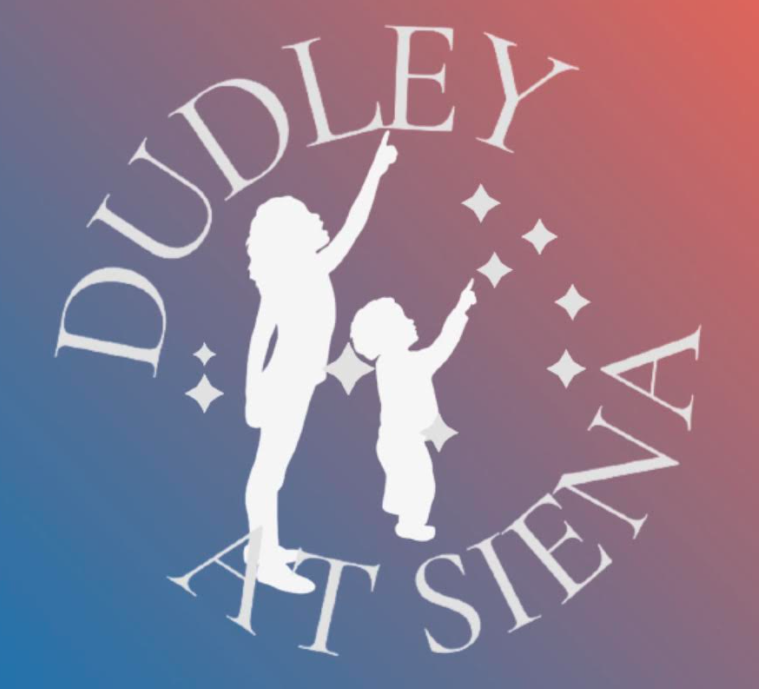Skywatch Line for Monday and Tuesday June 23rd and 24th written by Joe Slomka
This is the Skywatch Line for Monday and Tuesday June 23rd and 24th written by Joe Slomka.
The Sun sets at 8:38 PM; night falls at 10:55. Dawn breaks at 3:01 AM and ends with sunrise at 5:18. Now that we passed Solstice, night slowly comes earlier.
Northwestern Taurus shares Monday and Tuesday. Monday, Moon rises at 3:04AM, 32 arc-seconds in size, 3% illumination, 2° and sets at 7:20 PM. Tuesday, the Old Moon is smaller, rises at 3:54 AM, same size, but only 1° and sets at 8:32 PM. Monday, 40 minutes before Sunrise finds Venus, Uranus and the Hyades very low in the East-north-east. Wednesday is New Moon.
Jupiter is too close to the Sun and Uranus rises in daytime.
Mercury only 23° from the Sun, rises in Gemini at 7:06 AM, 6 arc-seconds in size, highest at 2:38PM, 59% lit, 11° at 9PM, zero magnitude and sets at 10:08. Mars 61° close to the Sun, rises at 10:27AM, 1st magnitude, 5 arc-seconds, highest at 5:09PM, 41° high, 93% lit and sets at 11:51PM.
Asteroid 4Vesta, in Virgo, rises at 4:29PM, 6th magnitude, 0.5 arc-seconds, 96% lit, highest at 10:08PM, 39° high in the South, 1° highest in the West at 3:45AM and sets at 3:52AM.
Venus is brightest Dawn planet, in Aries, rises at 2:56AM, blazes with minus 4th magnitude, 19 arc-seconds, highest at 9:51AM, 22° high in the East, 61% lit at 4AM and sets at 4:47PM.
Pisces hosts Saturn and Venus. Saturn rises at 1:03AM, 1st magnitude, 17 arc-seconds, highest at 6:56AM, and sets at 12:50 PM. Neptune rises at 12:54AM, 8th magnitude, 2 arc-seconds, highest at 6:57AM and sets at 12:54AM.
Pluto well positioned for those with large telescopes; in southern Capricornus, rises at 10:43PM, 0.10 arc-seconds, 14th magnitude, highest at 3:13AM, 24° at 4AM and sets at 7:39AM. Sky and Telescope suggests best time about 1 AM; if weather happens, you will have about 12 days before the Moon interferes.
Capricornus is a unique constellation: The Sea-Goat. The creature has the head of a goat, but the body of a fish. This part of the Zodiac is truly ancient; Sumerians identified it as early as 1600 BC. A royal seal, from the town of Ur, is on display in the Boston Museum; the seal bears the image of Capricornus, just as pictured today. Boundary markers of Mesopotamian kings depict Capricornus as we do. The source of this animal is a mystery. A people far removed from any large body of water invented it. The Goat-Fish was associated with the god Ea, the master of creation and the god of the underwater seas, including fresh water springs. Ea resembles the Roman god Neptune. In 1846, the astronomer Galle discovered the planet Neptune in Capricornus.
The constellation inspired several English words. To caper is to frolic like a goat; when people caper, they are called capricious. The famous island of Capri was named “the isle of goats”. Cornucopia is a horn of plenty.
